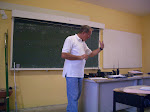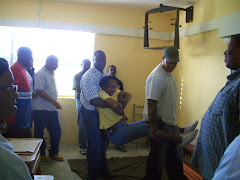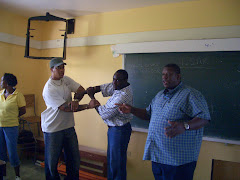
A storm surge is just what it sounds like: water that is pushed towards the shore by the force of the winds swirliing around a cyclone (hurricane, storm). Storm surge can climb above 18ft in a matter of minutes, travel far inland and flood vast areas of low lying land.
If your property is close to the coast and you have a nice bathing beach with a gently sloping shore and swimming water that is not deep or does not drop off suddenly, then chances are you could be affected by storm surge. Find out if there is a storm surge planning map for your area and talk to the older folk about how far the sea normally travels in times of hurricane.
You should take action to mitigate your risk and loss:
If your property is close to the coast and you have a nice bathing beach with a gently sloping shore and swimming water that is not deep or does not drop off suddenly, then chances are you could be affected by storm surge. Find out if there is a storm surge planning map for your area and talk to the older folk about how far the sea normally travels in times of hurricane.
You should take action to mitigate your risk and loss:
- Before constructing your property near the coast consult on the vulnerability and risk of the particular area to storm surge and the frequency of the event.
- If your area is susceptible, consult with an engineer about what type of constructon would be needed to withstand the worse case scenario.
- The choice is then with you - either take the risk or spend additional money up front on construction to withstand hing waves.
- If it is available buy storm surge insurance.
- If you are in a storm surge zone then evacuate well ahead of the approach of a storm or hurricane.
As always be prepared! http://www.cdera.org/















